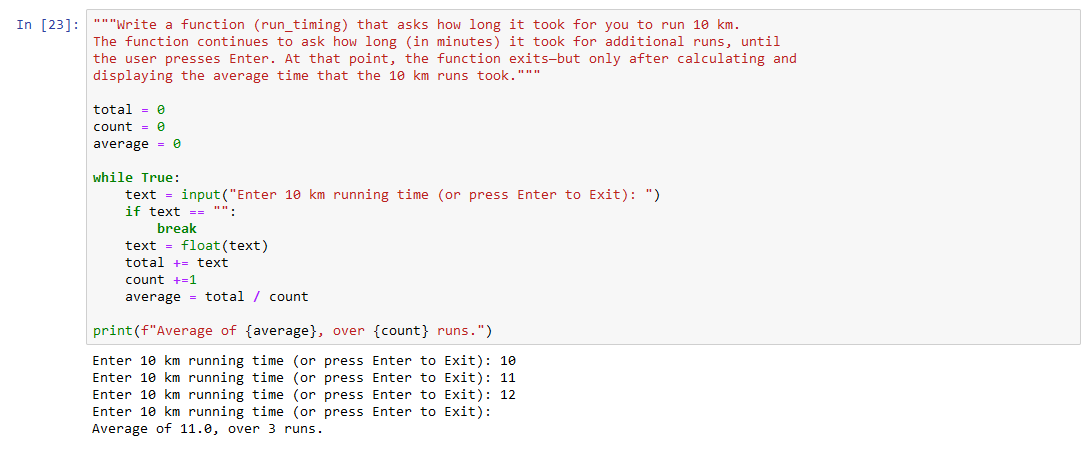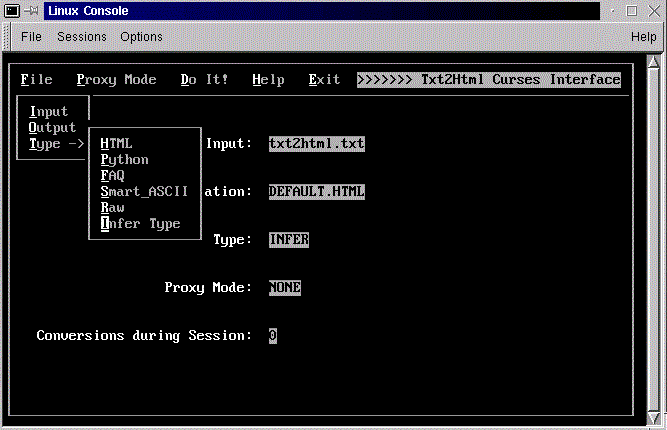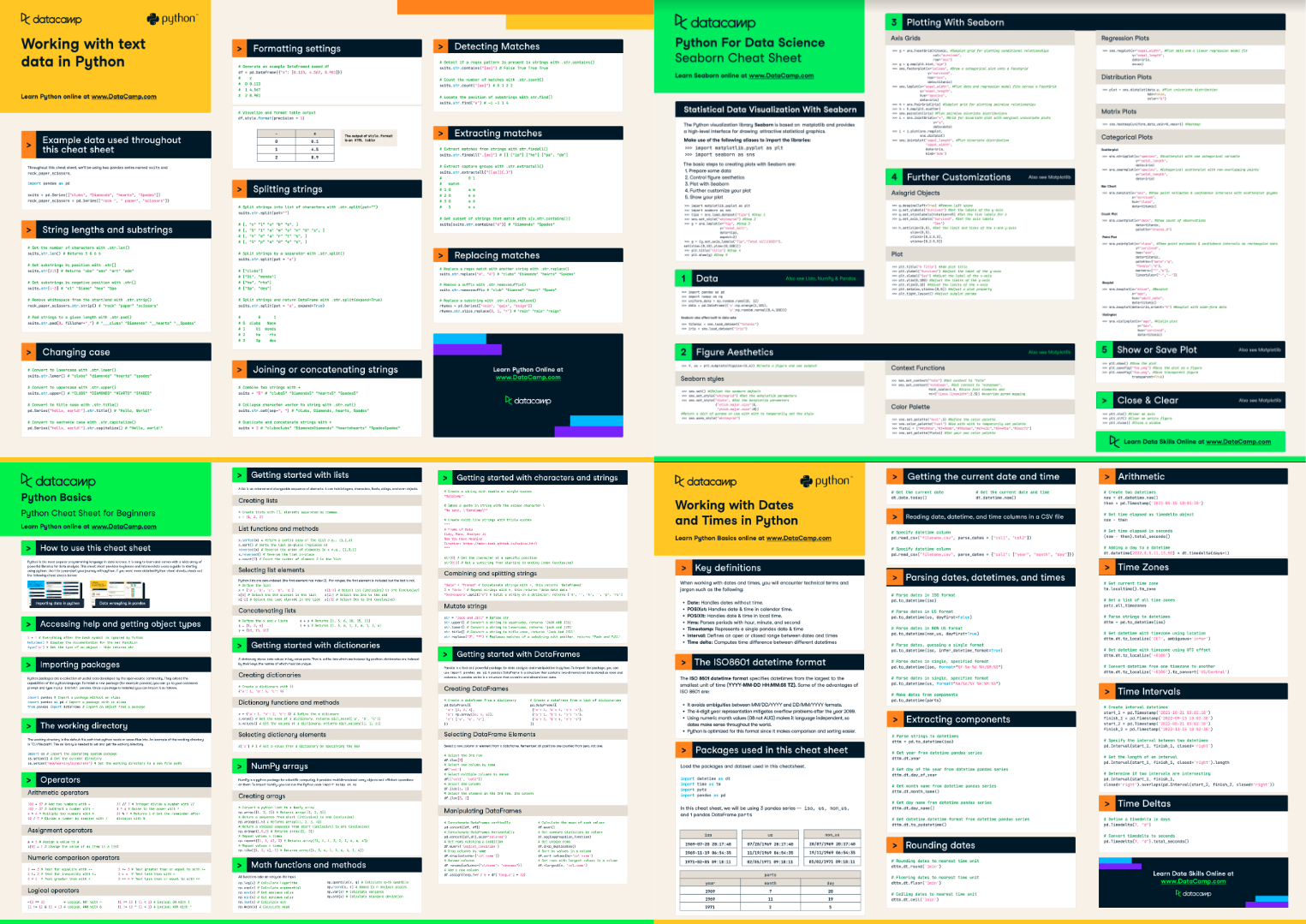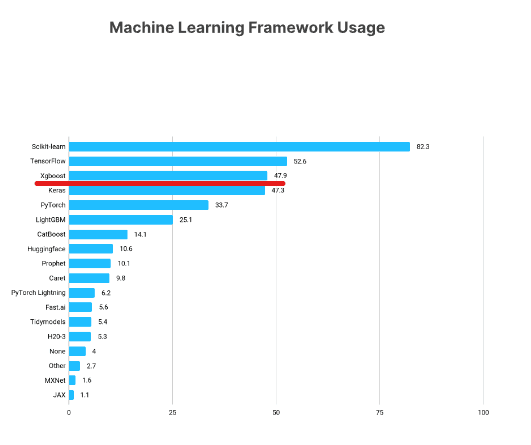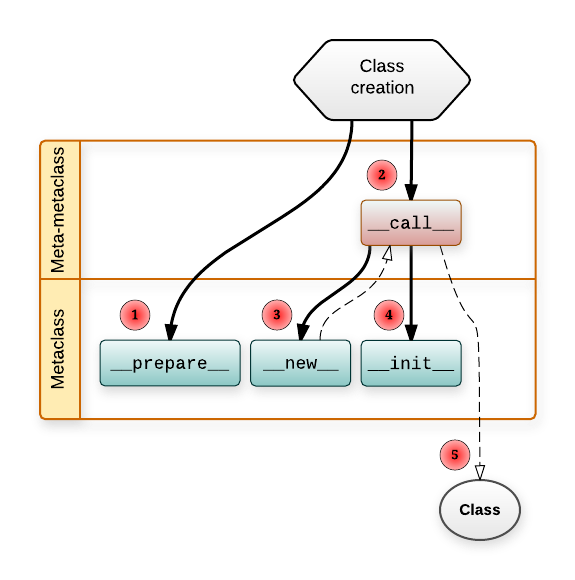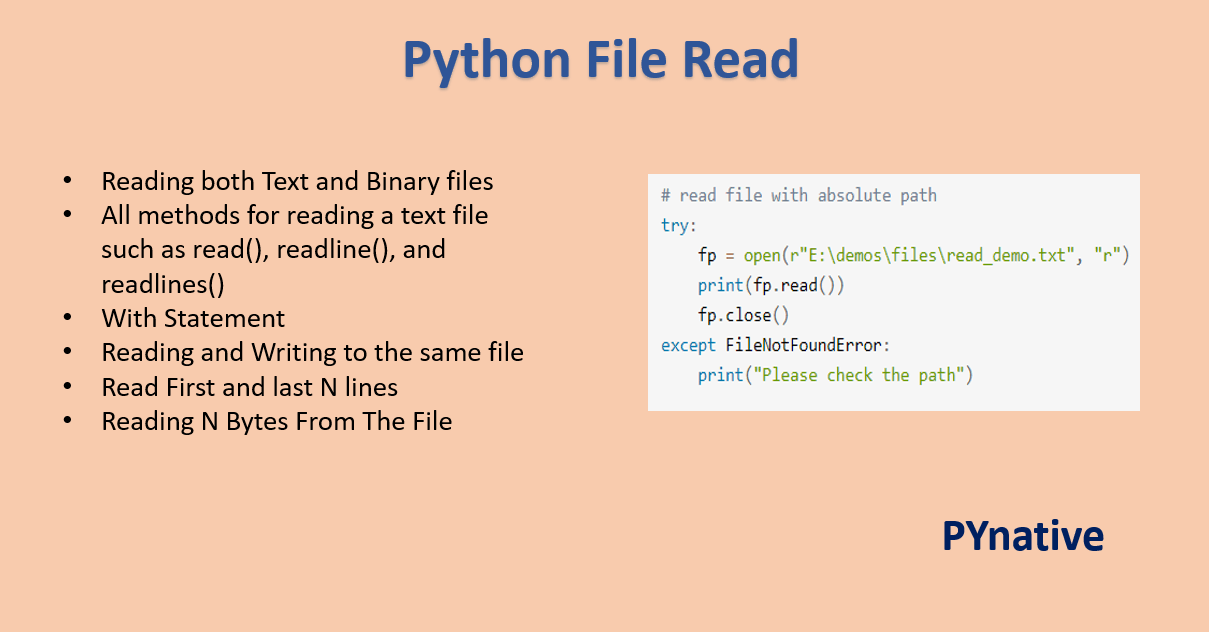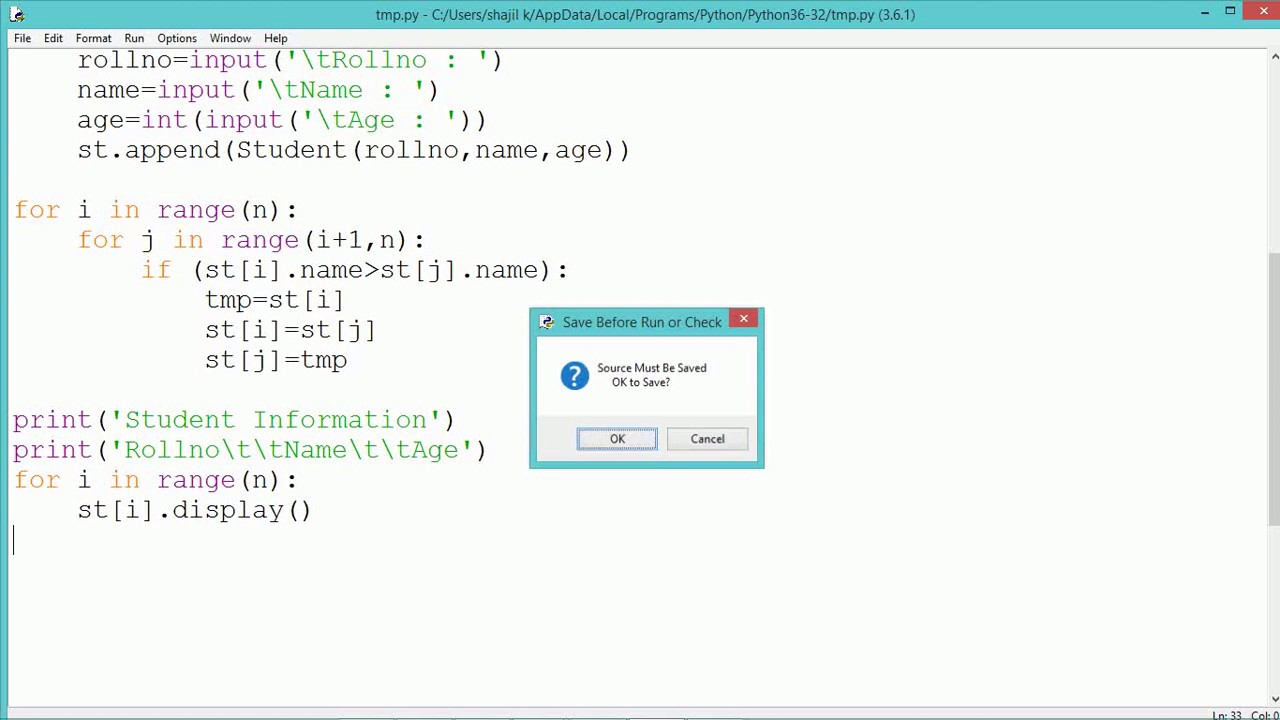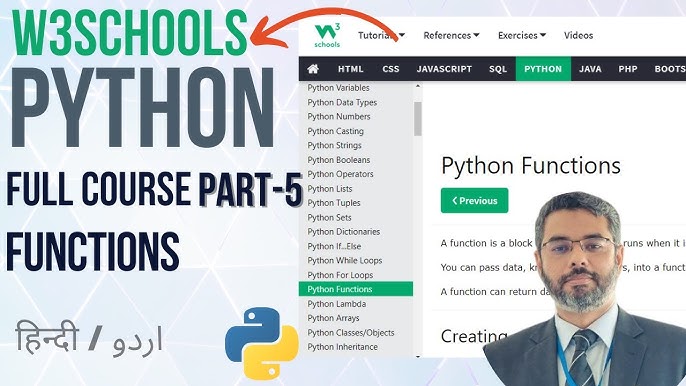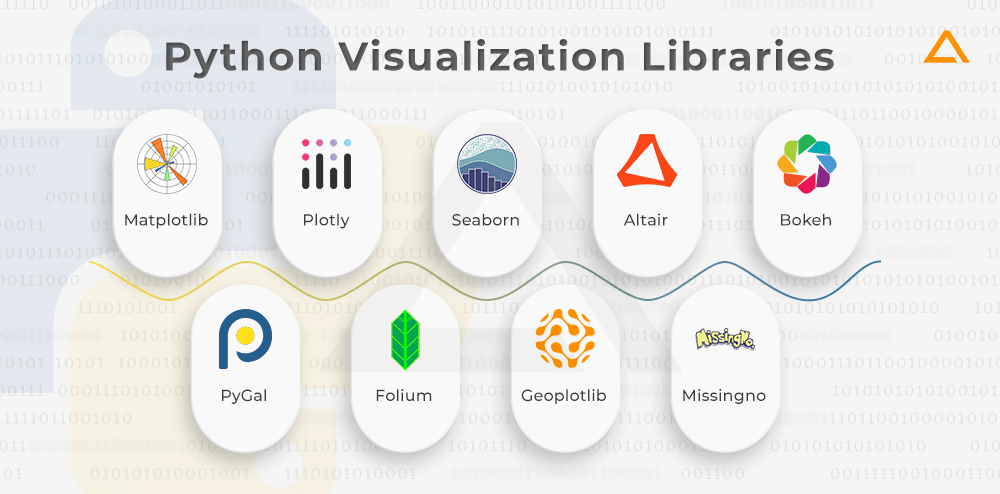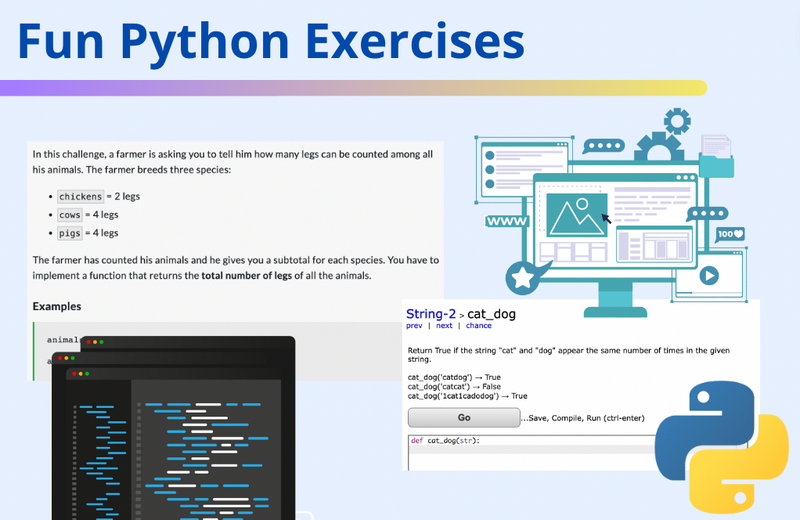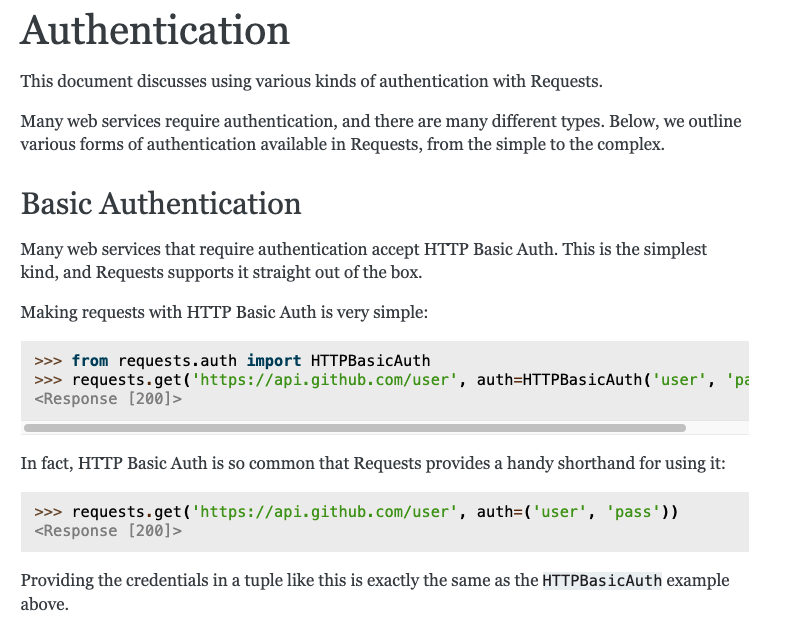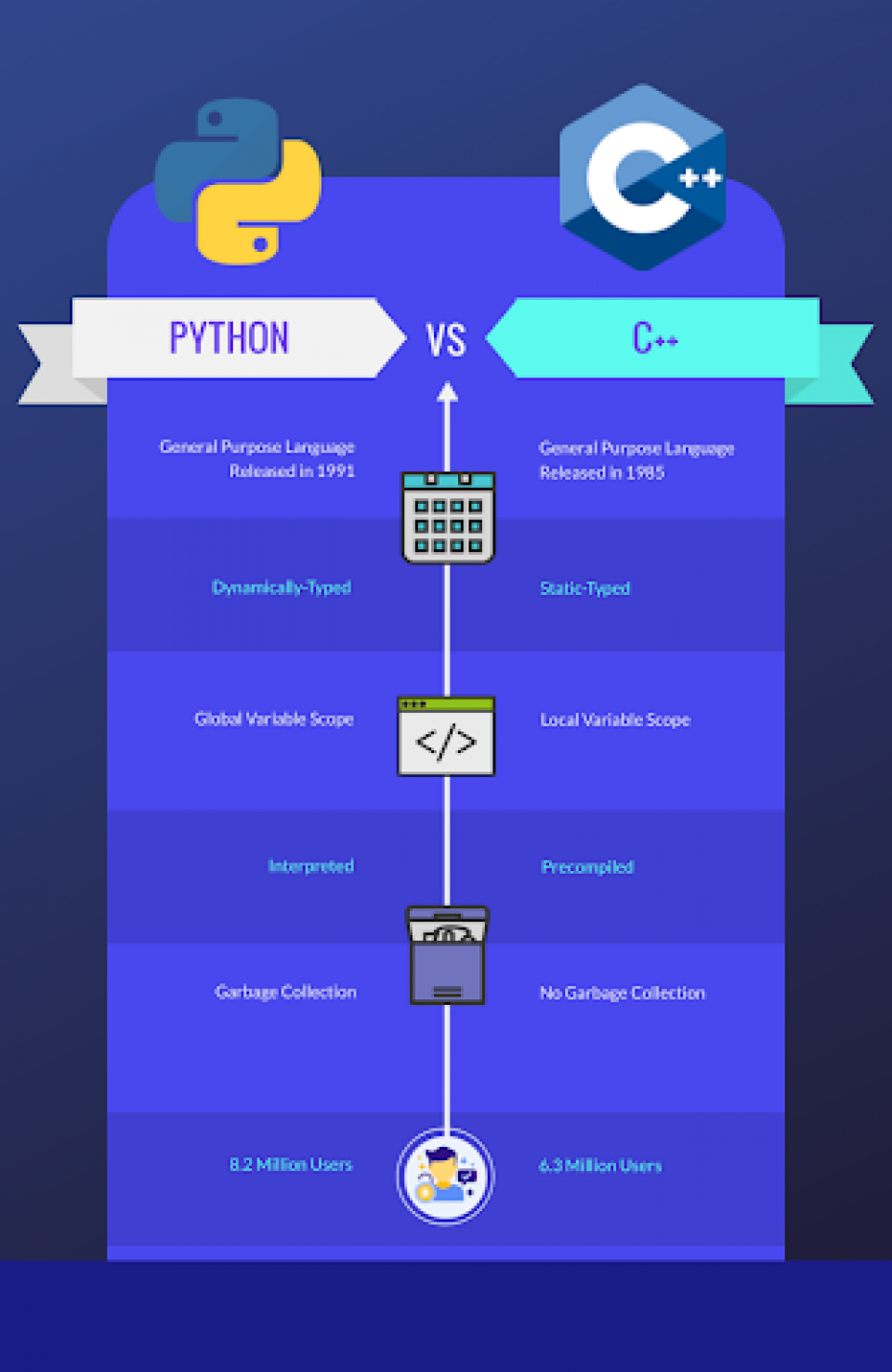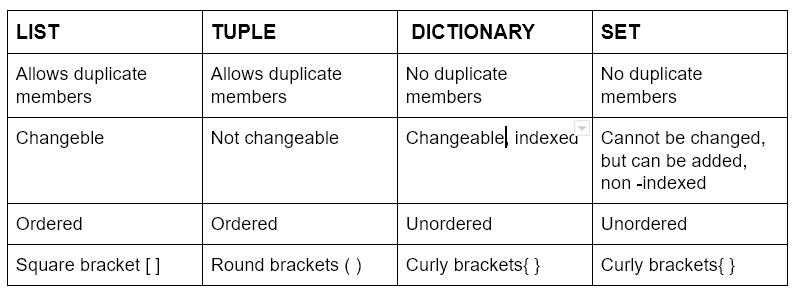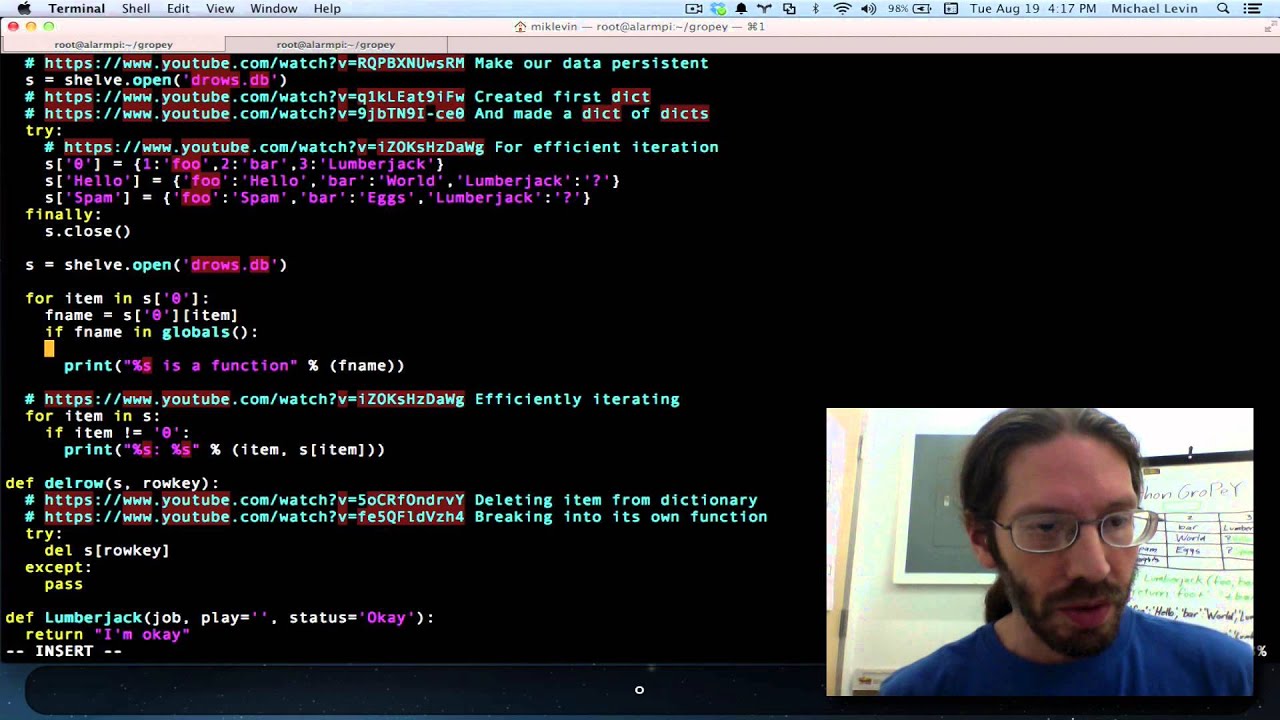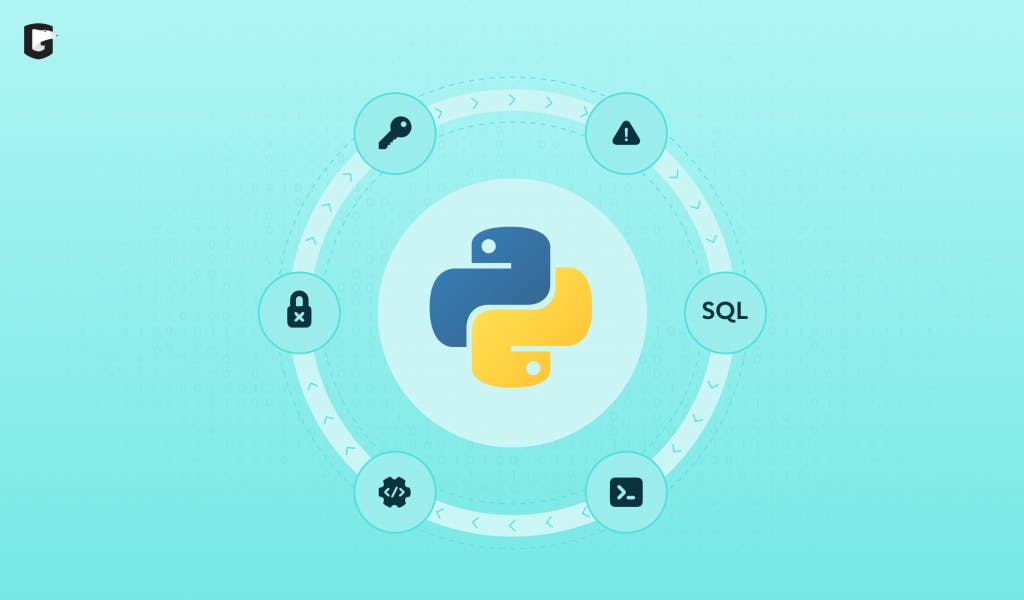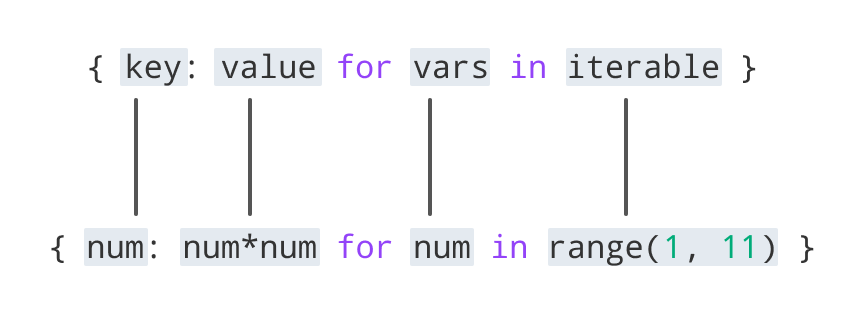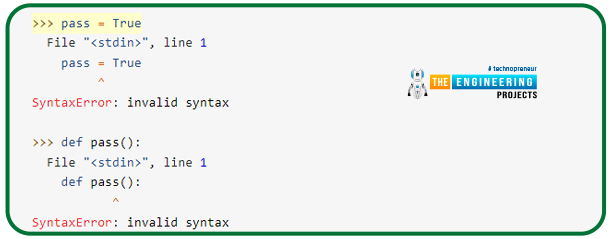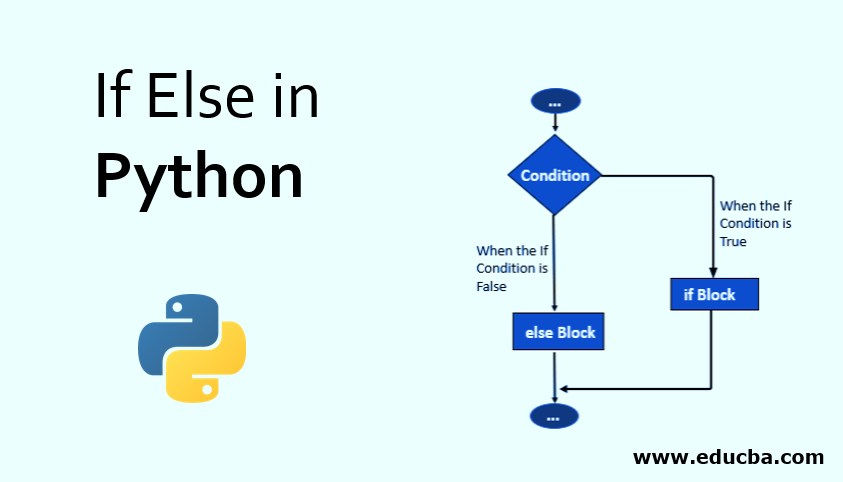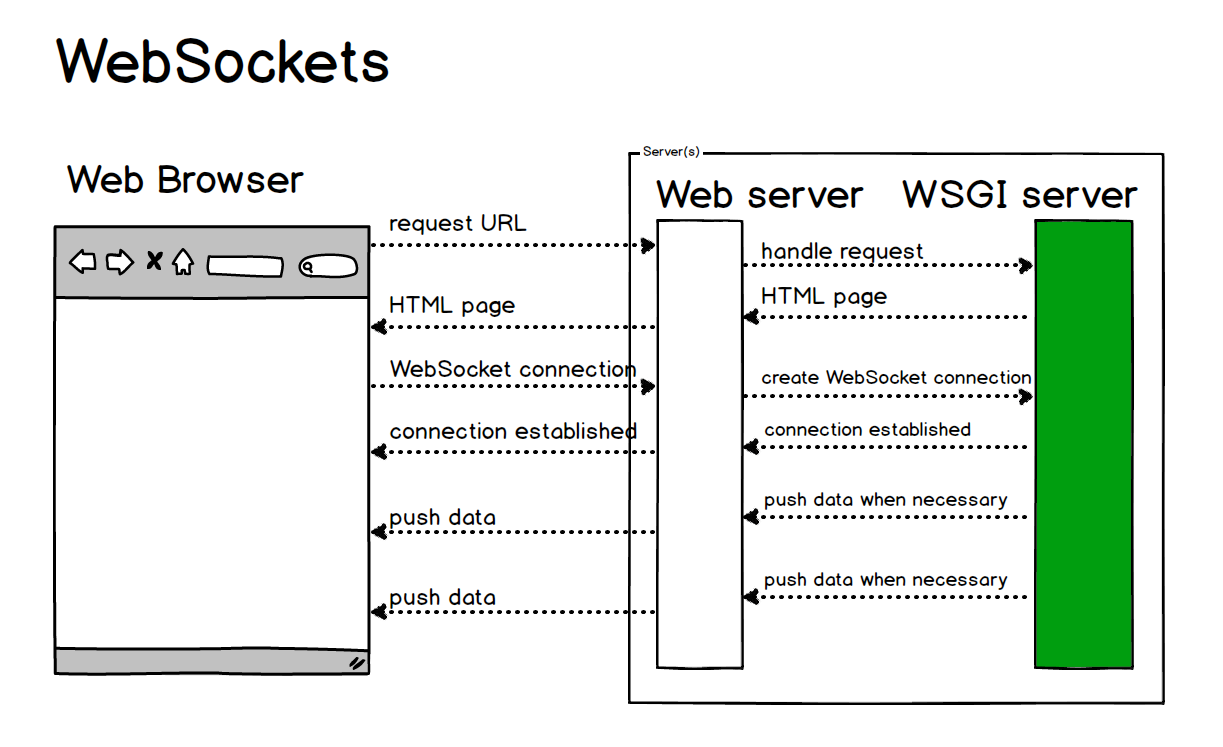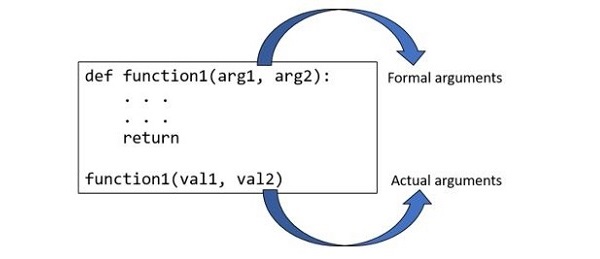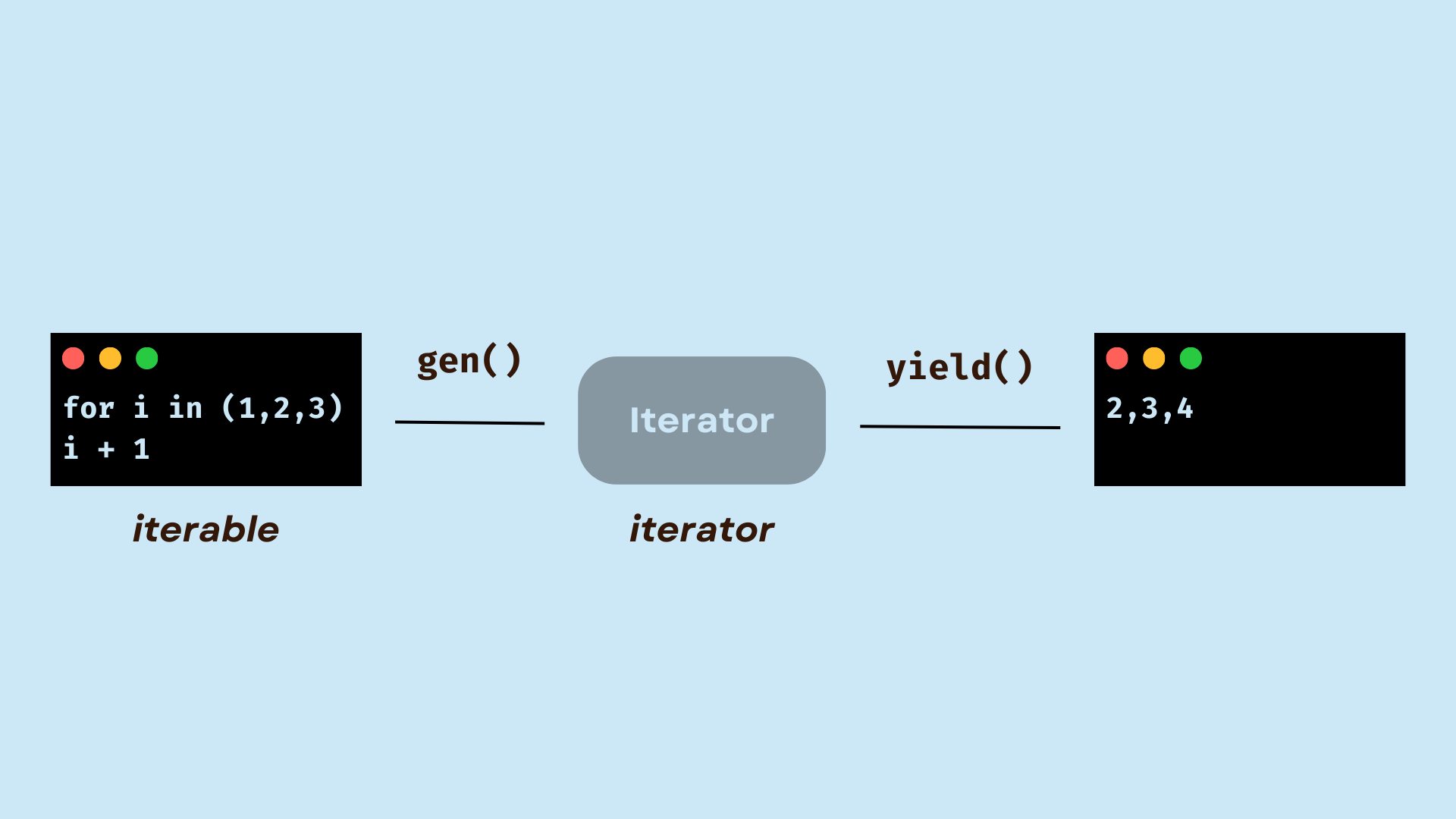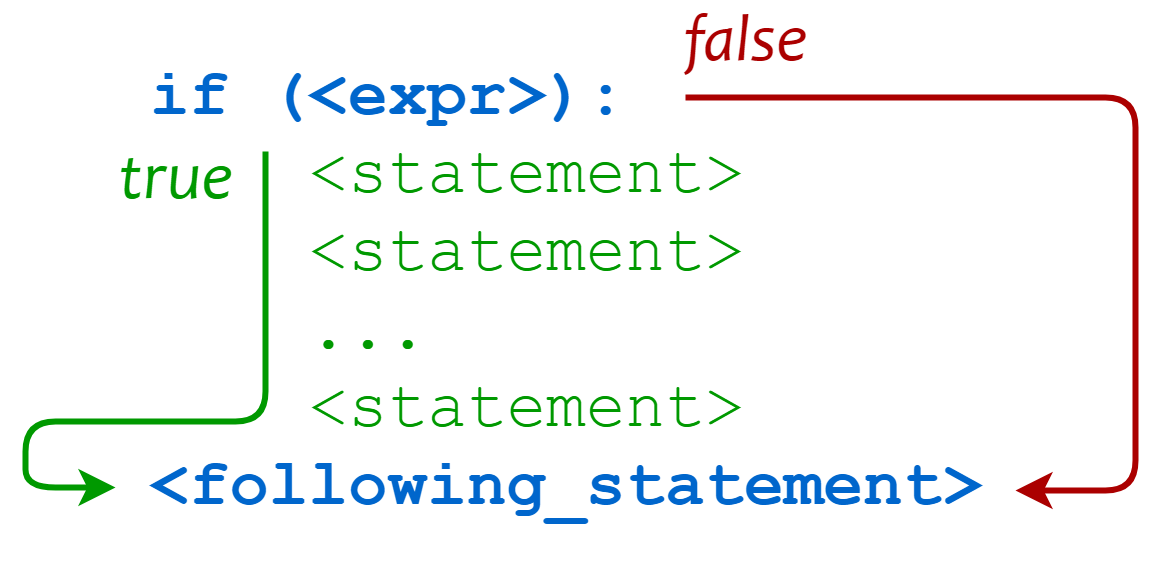Class attributes and methods in Python
Class attributes and methods in Python
I'll respond in English as requested!
In Python, a class is a template for creating objects. It defines the properties and behaviors of an object, which are also known as attributes and methods.
Attributes:
In Python, class attributes (also known as instance variables) are shared by all instances of a class. They can be accessed using the dot notation (e.g., my_object.attribute_name).
There are two types of class attributes:
Class variables: These are declared inside the class definition and are shared by all instances of the class. Instance variables: These are assigned values during object creation and are unique to each instance.Example:
class Dog:
species = "Canis lupus familiaris" # Class variable
def init(self, name):
self.name = name # Instance variable
my_dog1 = Dog("Barky")
print(my_dog1.species) # Output: Canis lupus familiaris (shared by all instances)
print(my_dog1.name) # Output: Barky (unique to my_dog1)
my_dog2 = Dog("Puddles")
print(my_dog2.species) # Output: Canis lupus familiaris (shared by all instances)
print(my_dog2.name) # Output: Puddles (unique to my_dog2)
Methods:
Class methods are functions that belong to a class. They can operate on the class itself or its instances.
There are three types of class methods:
Static methods: These do not have access to instance variables and are used for utility functions. Class methods: These takecls as an argument, which refers to the class itself. Instance methods: These operate on a specific instance and take self (the instance) as an argument.
Example:
class Dog:
species = "Canis lupus familiaris"
def bark(self):
print("Woof!")
@classmethod
def get_species(cls):
return cls.species
@staticmethod
def is_mammal():
return True
my_dog1 = Dog()
print(Dog.get_species()) # Output: Canis lupus familiaris (shared by all instances)
my_dog1.bark() # Output: Woof! (operates on the instance)
print(Dog.is_mammal()) # Output: True (static method, no access to instance variables)
In summary, class attributes are shared by all instances of a class and can be accessed using dot notation. Class methods operate on the class itself or its instances and can take different arguments (self, cls, or none).
Hope this helps!
What are data attributes in Python?
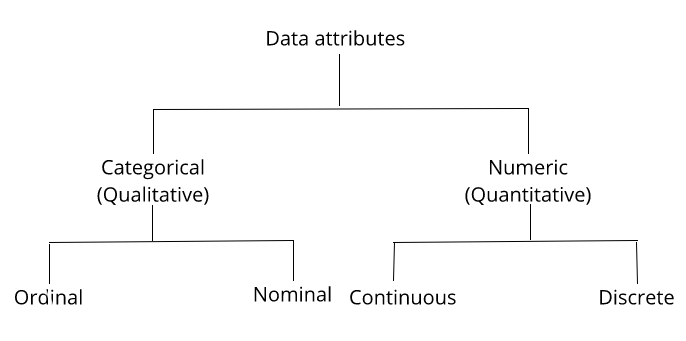
In Python, data attributes are also known as instance variables or object attributes. They are the properties of an object that describe its characteristics. Data attributes are used to store information about the state of an object and can be accessed through the dot notation (e.g., obj.attribute_name).
In Python, when you create a class, you can define data attributes by assigning values to instance variables inside the class definition or in the constructor method (__init__). These values become part of the object's state and can be modified throughout its lifetime.
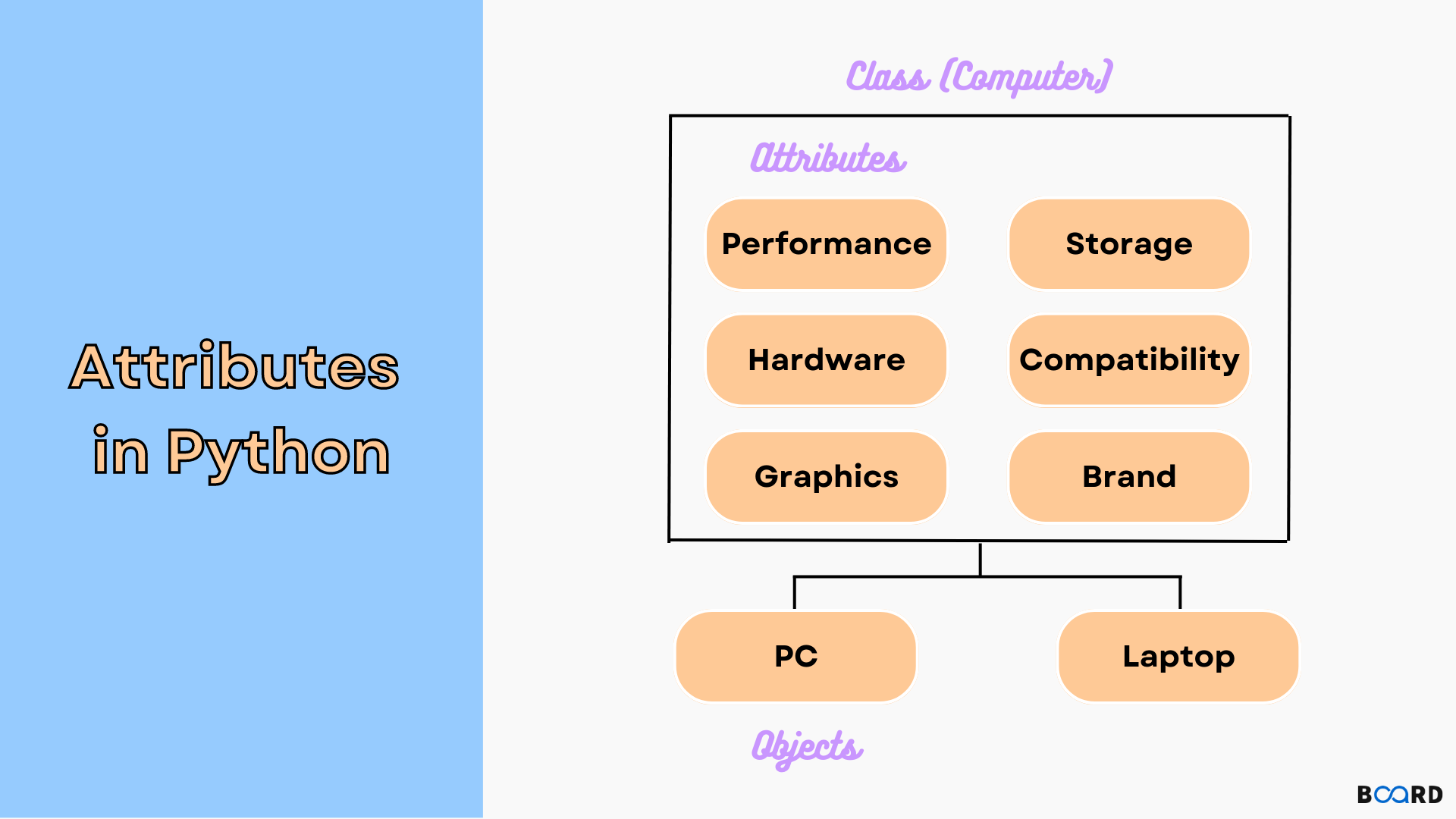
Here are some key characteristics of data attributes:
Instance-based: Data attributes are specific to each instance of a class. Each object has its own copy of the attribute, which is independent of other objects. Dynamic typing: Python does not require explicit type definitions for data attributes. You can assign values of any type (e.g., integer, string, list) to an attribute without declaring its type beforehand.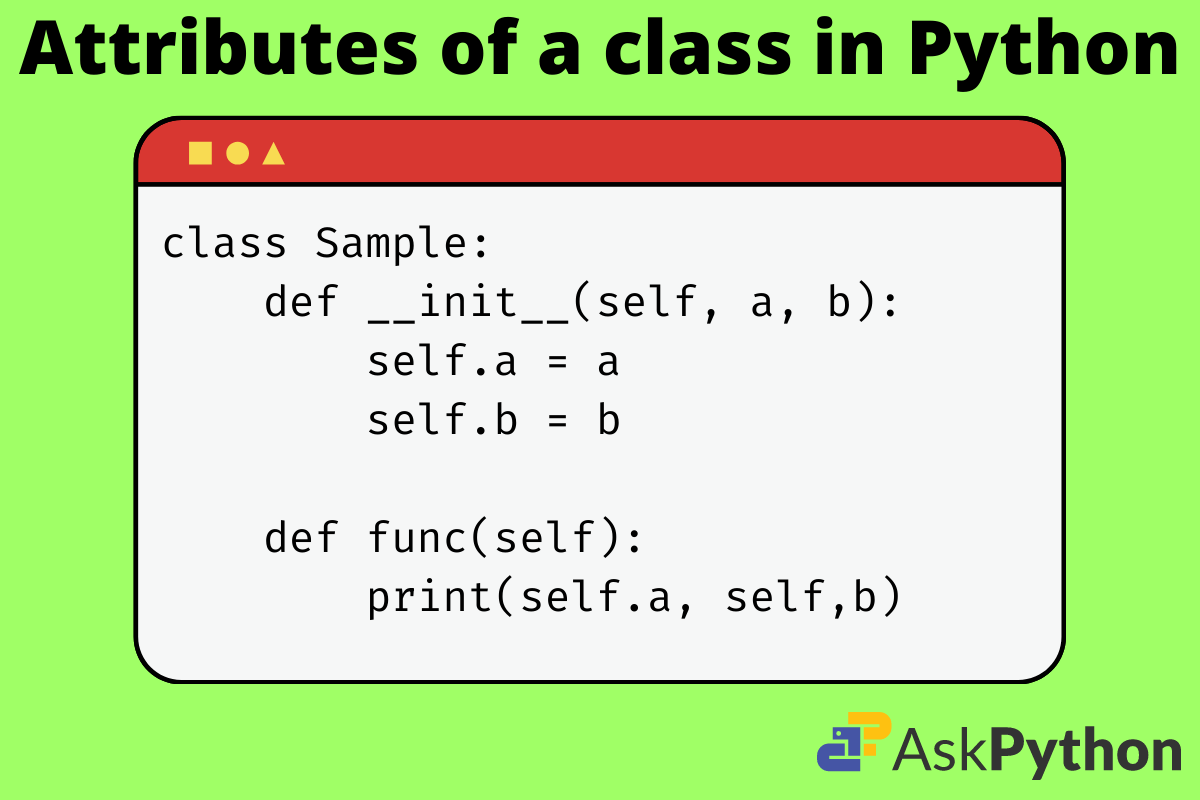
obj.attribute_name). This allows you to read or modify the attribute's value. Attribute lookup: Python provides a mechanism called attribute lookup that enables you to access attributes even if they are not explicitly defined in the class definition. This is done through introspection, which allows the interpreter to search for the attribute in the object's inheritance hierarchy.
Here's an example of how data attributes can be used:
class Person:
def init(self, name, age):
self.name = name # data attribute: instance variable
self.age = age
p1 = Person("John", 30)
print(p1.name) # prints "John"
print(p1.age) # prints 30
p2 = Person("Jane", 25)
print(p2.name) # prints "Jane"
print(p2.age) # prints 25
In this example, the Person class has two data attributes: name and age. Each instance of the class (e.g., p1, p2) has its own values for these attributes.
Data attributes are a fundamental aspect of object-oriented programming in Python. They allow you to encapsulate data and behavior within objects, making it easier to write reusable and modular code.



